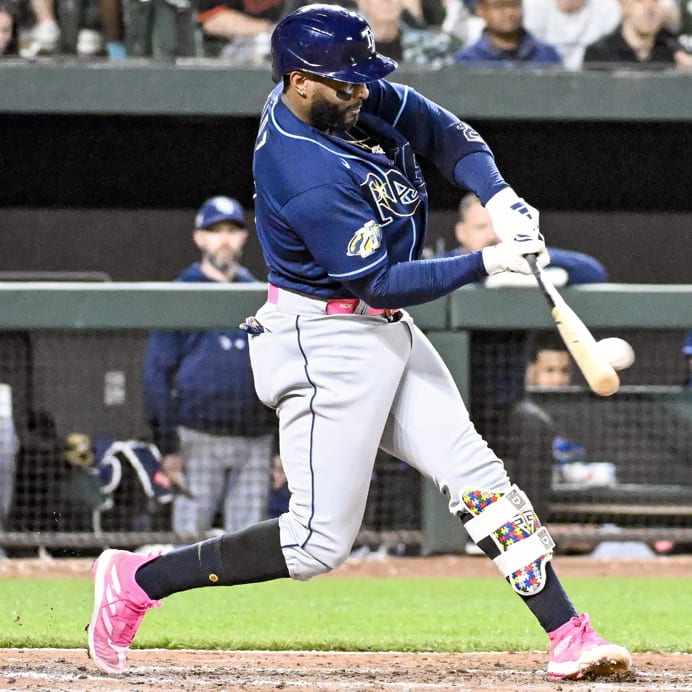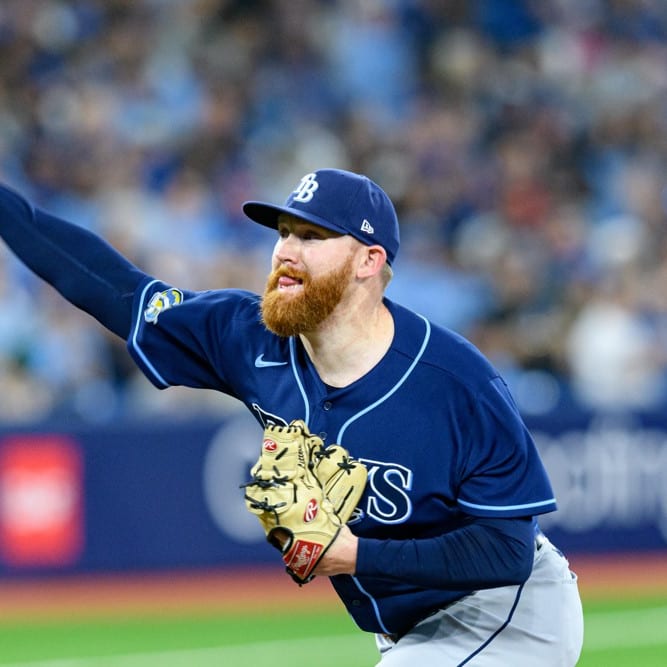This article is part of our Fantasy 101 series.
The quest for a fantasy baseball title is a long and difficult journey. One of the biggest bumps along the way is injury. Every team faces them, as it is nearly impossible to avoid sending at least one player to the disabled list at some point during the course of the season. However, you can control how you handle these unfortunate incidents and the best way to start is by educating yourself on the basics surrounding the common problems facing MLB players.
Lower Leg Strains
The most notorious lower leg injuries occur to the quadriceps and hamstring muscle groups, while the hip flexor and groin are also commonly strained. Each group is responsible for a motion at the hip and/or knee and all work together to accelerate and decelerate the leg during activity. The movement required for the various motions in baseball makes these muscles vulnerable to strains. Based on the manner of healing, these kinds of injuries are also susceptible to aggravation and re-injury.
Any prudent fantasy owner will not take these seemingly minor injuries lightly and understand players, particularly veterans, that have suffered previous strains come with an increased inherent injury risk.
Lower Leg Sprains
Strains are not the only issue to affect the lower leg. Sprained ligaments of the knee and ankle often occur in traumatic fashion. Catchers and aggressive base-runners are the players at greatest risk for these types of injuries but any player is one freak play away from a season-ending injury. Ligament injuries are graded based on the amount of damage to the ligament. A Grade 1 injury is considered minor with partial or micro tearing of the effected structure while a Grade 3 or 4 is often a complete tear and viewed as a more serious injury. These injuries often result in a loss of function and mechanical stability and come with a substantially longer window of recovery. Depending on the location, surgical intervention is often required.
Meniscus Tears
Under the kneecap and between the bones of the thigh and lower leg sit the menisci, two fibrocartilage disks that serve as a shock absorber for the knee and provide stability. They are a necessity for pitchers and positional players alike to withstand the forces placed on the legs while throwing. Unfortunately, based on their position on the knee they are prone to tearing when the knee is violently twisted. Once damaged, arthroscopic surgery is needed to repair the injury site. A repair is usually performed when the tear is located on more outer portion of the disk, where more blood flows. However, more often than not a tear is not repaired but instead removed or"cleaned up"in a procedure known as a partial menisectomy. In the short term, the athlete is able to make a quick recovery but their long-term health could be placed at risk. Since the cartilage is removed, further problems, such as arthritis, are more prone to developing in the future.
Sports Hernia
The frequent amounts of stress placed on the pelvis while performing baseball-related activities leaves players vulnerable to a condition known as athletic pubalgia. Most commonly known as a sports hernia, this condition affects a tiny bit of cartilage that unites the two pubic bones. A hernia of this nature develops as repetitive forces placed through the area are rerouted into the groin and abdominals muscles resulting in micro-tears in the muscle. As a result, the abdominal wall and inguinal canal are weakened allowing a hernia to develop and protrude through the area. The hernia causes groin and abdominal pain while limiting hip function.
Surgery is needed to return the herniated protrusion to its normal location and a surgical mesh is utilized to strengthen the area and prevent reoccurrence. The procedure has a significantly high success rate and players are generally able to return six weeks after the surgery.
Oblique Injuries
Located on either side of the rib cage, the obliques are thin muscles that contract along with the opposite side to complete trunk rotation. For a right-handed player, his left internal obliques contract along with his right external obliques to complete a throwing or batting motion. Regardless of the side injured, an oblique strain is extremely limiting since almost every motion in baseball involves trunk rotation. The injury must be completely healed before the player attempts to return because the obliques have a tendency to be easily aggravated. There is no way to predict the injury and every position is susceptible to it. If one of your players suffers an oblique strain, anticipate a trip to the disabled list.
Shoulder Strains
The shoulder is a joint designed for mobility, not stability, and is poorly equipped to handle the high demands placed on it with throwing a baseball. A capsule of ligaments, muscles, and cartilage work in unison to fortify the area but baseball players, pitchers in particular, are at a constant risk of suffering even the smallest injury that can be extremely disruptive and limiting.
Muscles strains and tendon injuries are typical and can be associated with an acute injury or chronic wear-and-tear. The most common injury is to the rotator cuff muscles and their associated tendons. Throwing subjects these muscles to high degrees of stress and can cause the muscle to fatigue. Furthermore, the tendons of these muscles are compacted into a tight space and if inflamed can become pinched or impinged, leaving them open to tears.
Labrum Injuries
Another common shoulder injury worth noting is the labral tear. The labrum is a fibrocartilaginous ring that deepens the articulation of the shoulder and helps stabilize the shoulder. A tear of the area is painful and can develop into a chronic instability in the shoulder. Pitchers generally develop labrum tears over a period of time as the repetitive motion of throwing slowly weakens the area. For position players, a tear often results following a crash into a wall or a fall while attempting a diving catch. Treatment for this injury is dependent on the severity and pattern of the tear and the amount of resulting instability. If the tear is minor, the muscles surrounding the joint can be strengthened and surgery is unwarranted. However, if the tear is significant, players are often forced under the knife. Fortunately, the procedure has improved in recent years and is not quite the career killer it once was.
Elbow Injuries
The most infamous of elbow injuries is the torn ulnar collateral ligament (UCL). The UCL provides support to the medial or inside of the elbow. If torn, it requires the dreaded Tommy John surgery. Recovery from Tommy John routinely takes a year and has seen an improved success rate.
A different injury, closely related to the UCL sprain, is the flexor strain. The flexor muscle bundle originates at the medial epicondyle of the humerus, the same site as the UCL. It is also area of high stress and can often become inflamed or strained. An injury of this nature must be dealt with carefully due to its proximity to the UCL.












